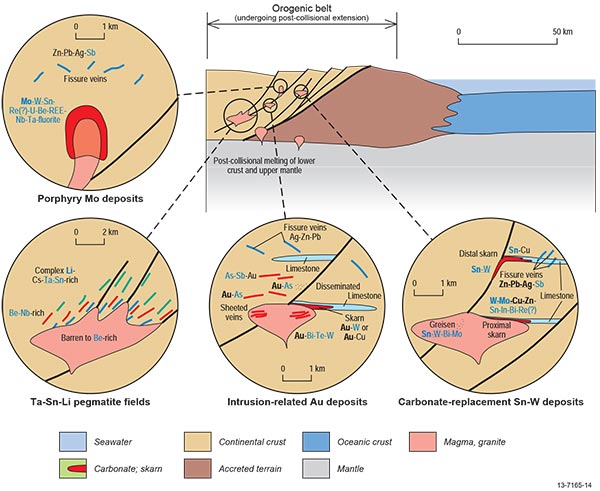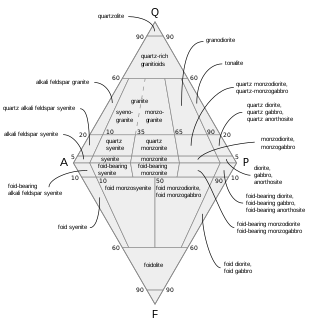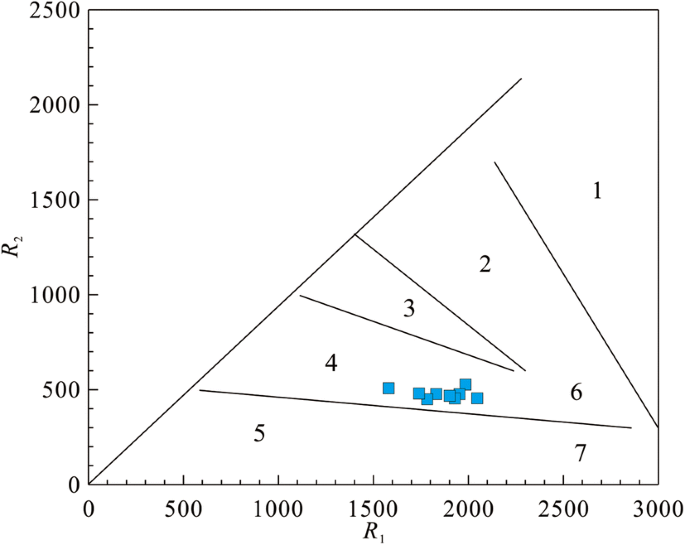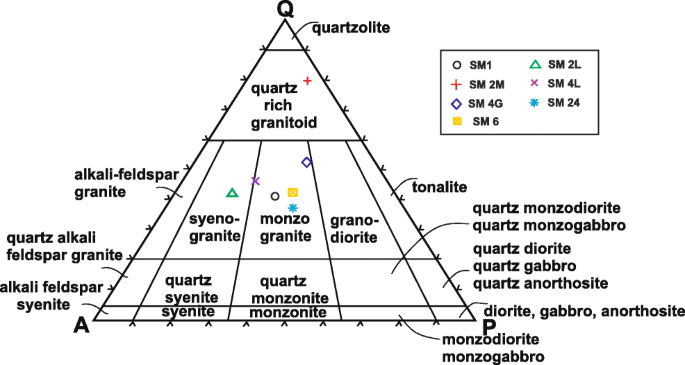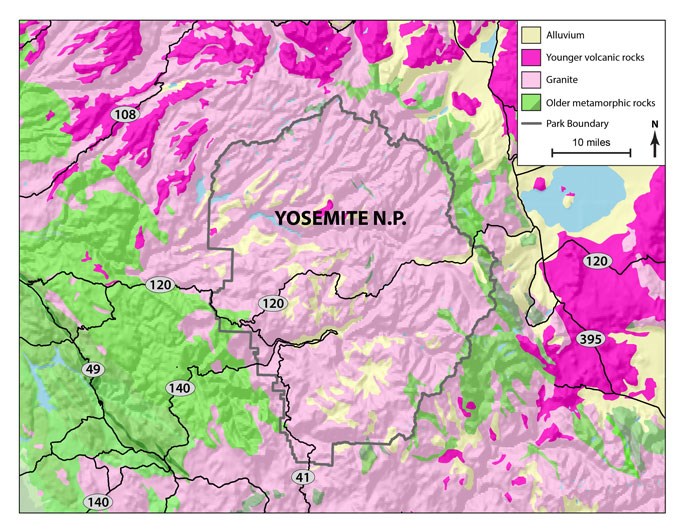5 a c show a gradual drop in magnetic susceptibility at 350 400 c and a rapid drop at 580 c for all three granite samples indicating the existence of magnetite and probably maghemite in the shibei granites.
Thermal structure during granite emplacement.
The generation of large granite migmatite complexes by crustal melting during orogeny is a process still discussed in particular because of the deep inaccessible location of their production sites clemens 1990 brown 1994 moreover the development of a partially molten middle crust during collision tectonics implies a major change in the rheology of the thickened crust and largely control.
The characteristic metamorphic imprint of the thermal weakening effect at crustal levels near the emplacement of the granite is rapid near isobaric heating during crustal thickening and subsequent cooling at constant or slightly increasing pressure.
Solar et al 1998.
Granite emplacement is related with the development of major structures so the location of syn to post orogenic granitoids are a valuable indicator of an inherited large scale crustal.
Emplacement of granite plutons in areas of local extension associated with strike slip faults and shear zones is a mechanism consistent with the main structural and petrological features of many.
Emplacement in a pull apart structure along a shear zone e g.
The resulting thermal structures.
Indeed such anticlockwise pt paths are common in many high t low p metamorphic terrains found in ancient apparently convergent orogenic belts 4 5.
Figure 7 shows the width of the thermal aureole w t in the granite overlying sediments for a granite roof at 10 km and sill thickness of 50 m for a total granite thickness of 5 km.
Detailed study of structural elements suggests that phulad granite has formed during the regional deformation in the.
Traditionally the emplacement of a granite pluton is considered to involve stoping thermal ballooning and diapirism among other factors.
7 part of the results involves emplacement rates that are above the critical emplacement rate for convection as discussed above.
Note that in fig.
Granite emplacement results from the.
Pressley and brown 1999 in transpressive orogens.
Inverse modeling of geochemical data from postcollisional granites generated during thermal relaxation of overthickened crust is consistent with drainage.
The thermal magnetic mineralogical measurements fig.


